I recently had an incredible opportunity to speak with Giulia Jones, the new CEO of PainAustralia.
I was thrilled to connect with someone who is not only passionate about raising awareness about this often-misunderstood condition and someone in a position to positively affect the status of pain, which is a mess, really.
Giulia and I had a lengthy conversation covering the many frustrations of living with chronic pain – the main issues being; its invisible nature, the access to treatments, and its impact on communities across Australia (well, worldwide, really, but Giulia heads the Australian org for pain, not the global one!).
Despite the seriousness of our discussion, we still managed to share a few laughs – Giulia is easy to speak with and wonderfully straightforward!
I used to share a lot of advocacy with PainAustralia when Lesley Brydon was CEO – that was years ago when I first started this website.
As new teams formed and Lesley departed, I wasn’t contacted so much. That is understandable as different CEOs and their management teams have various agendas –that should be a bonus to any organisation.
Nevertheless, it’s nice to be connected to the organisation again. And this is many thanks to Professor Lorimer Moseley.
I had recently contacted Lorimer when I heard he was on PainAustralia’s Board – my brain started ticking, seeing him as an avenue to raise important issues that were niggling.
One niggling issue was the lack of value and respect developing towards people invited to contribute to discussions, research or meetings. There was an assumption that payment didn’t need to be considered for their contribution.
As someone who has been valued and paid for attending training sessions and conferences, I feared others were being invited to share their lived experiences as a means to tick a ‘real story’ box.
People’s health stories and experiences are not entertainment. Nor are we free user experience or a form of data.
As a reminder, people who have chronic health issues have very impacted livelihoods. I walked into a room where everyone else was getting paid except for me – I never did it again.
Fortunately, I knew Lorimer would listen to my concerns as he did when I reached out all those years ago when my health was worsening instead of improving. So we made time to Zoom.
Lorimer was incredibly supportive and offered to take my feedback to the PainAustralia Board. He also followed up on the issue, letting me know he had relayed the problem to other organisations he was part of.
My other (minor) beef was the little interest in My Health Story among the professional pain groups and within healthcare.
It baffles me that a novel resource, made by someone with a lived experience with an impressive advisory board of professionals proving very useful, isn’t attracting some attention. And, it isn’t just me applying my lived experiences to creating, forming and making abundant new resources being ignored.
Perhaps that’s all about to change.
Making the invisible visible
You’ll hear this wonderful reference in my chat with Giulia – to make what is invisible visible is one of her four goals while in the position of CEO at PainAustralia.
I found Giulia incredibly down-to-earth and easy to connect with. Of course, with six children, you instantly know she understands pain (and is highly able!!), but her admission that she had never thought of the pain she experienced as chronic really struck me.
It made me realise how little education there’s been about pain and how much more everyone needs to learn.
This intensifies the number of people suffering in my head – if you can’t recognise the experience of chronic pain, you’re in the danger zone.
How will you find help if you don’t know what’s wrong with you?
Why am I still asking this question 16 years down my track?
It also seems to have struck Giulia when she identified herself in this scenario.
September is Pain Awareness Month, and Giulia is determined to make it a huge deal. I am thrilled to be on the agenda as part of PainAustralia’s campaign with My Health Story and can’t wait to see what will be accomplished.
No one expects change overnight, and I understand how it can be frustrating reading ‘hopeful stuff’; it crosses my mind that it may all be too little, too late for some of us. But, that’s fear talking; it talks to us a lot but hit the play button, feel the energy from Giulia.
Bury that fear, and crank up the hope instead.
As someone who has experienced misdiagnosis and struggled to find effective treatments, I know how hard it is to live with chronic pain. But I also understand that every small step can lead to something bigger.
I remain hopeful that all the awareness between APMA, Chronic Pain Australia, the IASP, More Good Days, PainAustralia, Pain Revolution, the Pelvic Pain Foundation of Australia, Pelvic Sense and the many other fantastic orgs and groups I haven’t mentioned will make a difference in time.
Watch the snippet of my conversation with Giulia. Then, read her recent speech to the Medicines Scheduling Advisory Committee, where she defends our community – powerfully!
You will hear and see that Giulia is a straight shooter and a great communicator, and I have high hopes for what will be achieved under her supervision.
And if you’re experiencing something that PainAustralia isn’t saying, contact them and join the online conversations (Facebook or Twitter) to be heard.
There’s no voice as powerful as that of someone with lived experience and no more important information for an organisation that represents them.
Speak up… gently.



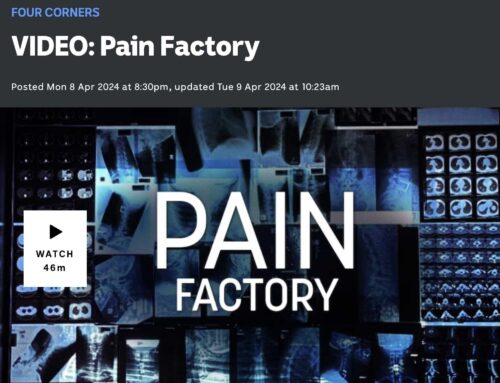
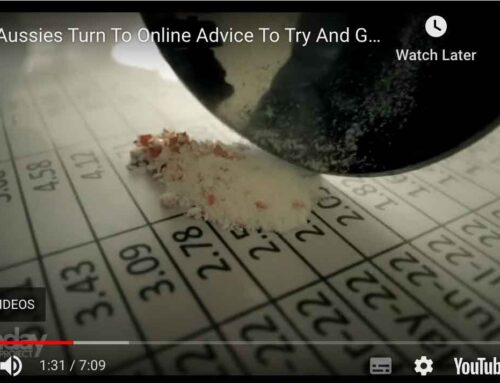
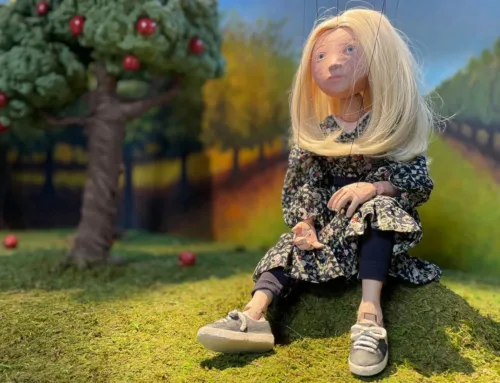
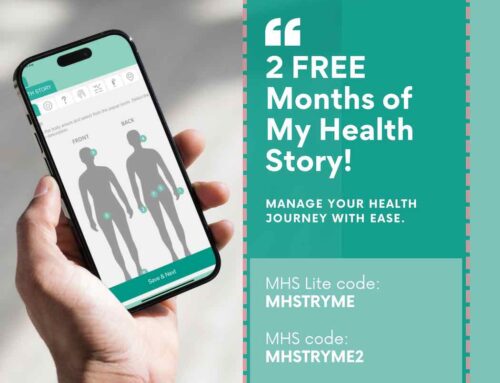
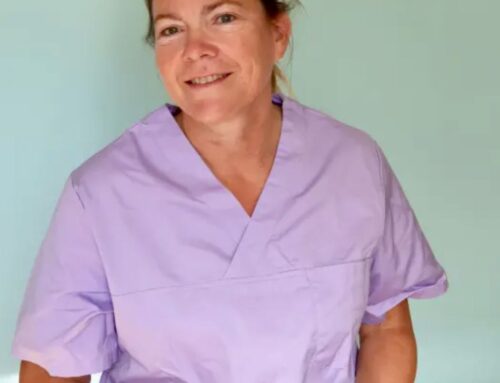
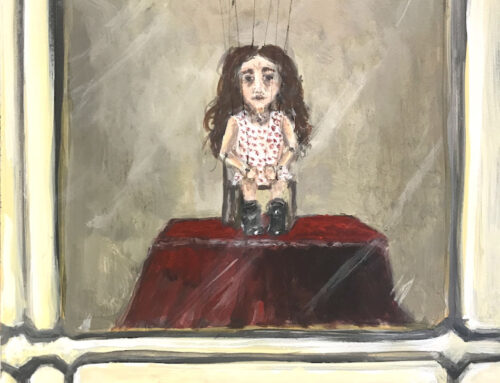
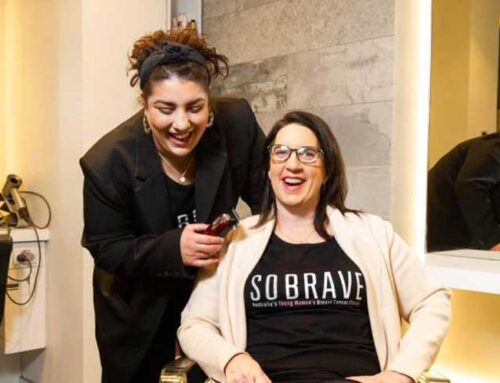
[…] is a tough cookie, watch our chat and feel that fire in her! And she’ll be using that fire to put this awful experience to […]
[…] hope PainAustralia have its pedal to the ground. After talking with the brand new CEO Giulia Jones, I’m optimistic – she shouldn’t be one to beat across the […]